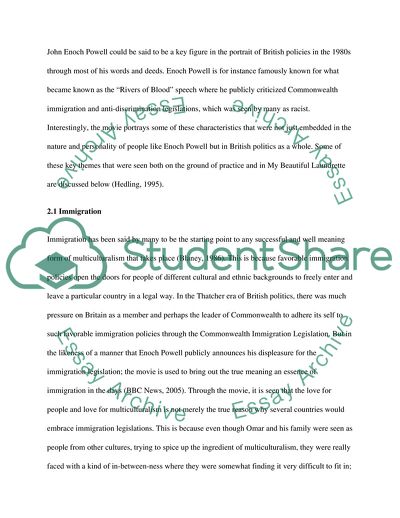Cite this document
(Multiculturalism in my Beautiful Laundrette Essay, n.d.)
Multiculturalism in my Beautiful Laundrette Essay. https://studentshare.org/visual-arts-film-studies/1797375-multiculturalism-in-my-beautiful-laundrette-stephen-frears
Multiculturalism in my Beautiful Laundrette Essay. https://studentshare.org/visual-arts-film-studies/1797375-multiculturalism-in-my-beautiful-laundrette-stephen-frears
(Multiculturalism in My Beautiful Laundrette Essay)
Multiculturalism in My Beautiful Laundrette Essay. https://studentshare.org/visual-arts-film-studies/1797375-multiculturalism-in-my-beautiful-laundrette-stephen-frears.
Multiculturalism in My Beautiful Laundrette Essay. https://studentshare.org/visual-arts-film-studies/1797375-multiculturalism-in-my-beautiful-laundrette-stephen-frears.
“Multiculturalism in My Beautiful Laundrette Essay”. https://studentshare.org/visual-arts-film-studies/1797375-multiculturalism-in-my-beautiful-laundrette-stephen-frears.


